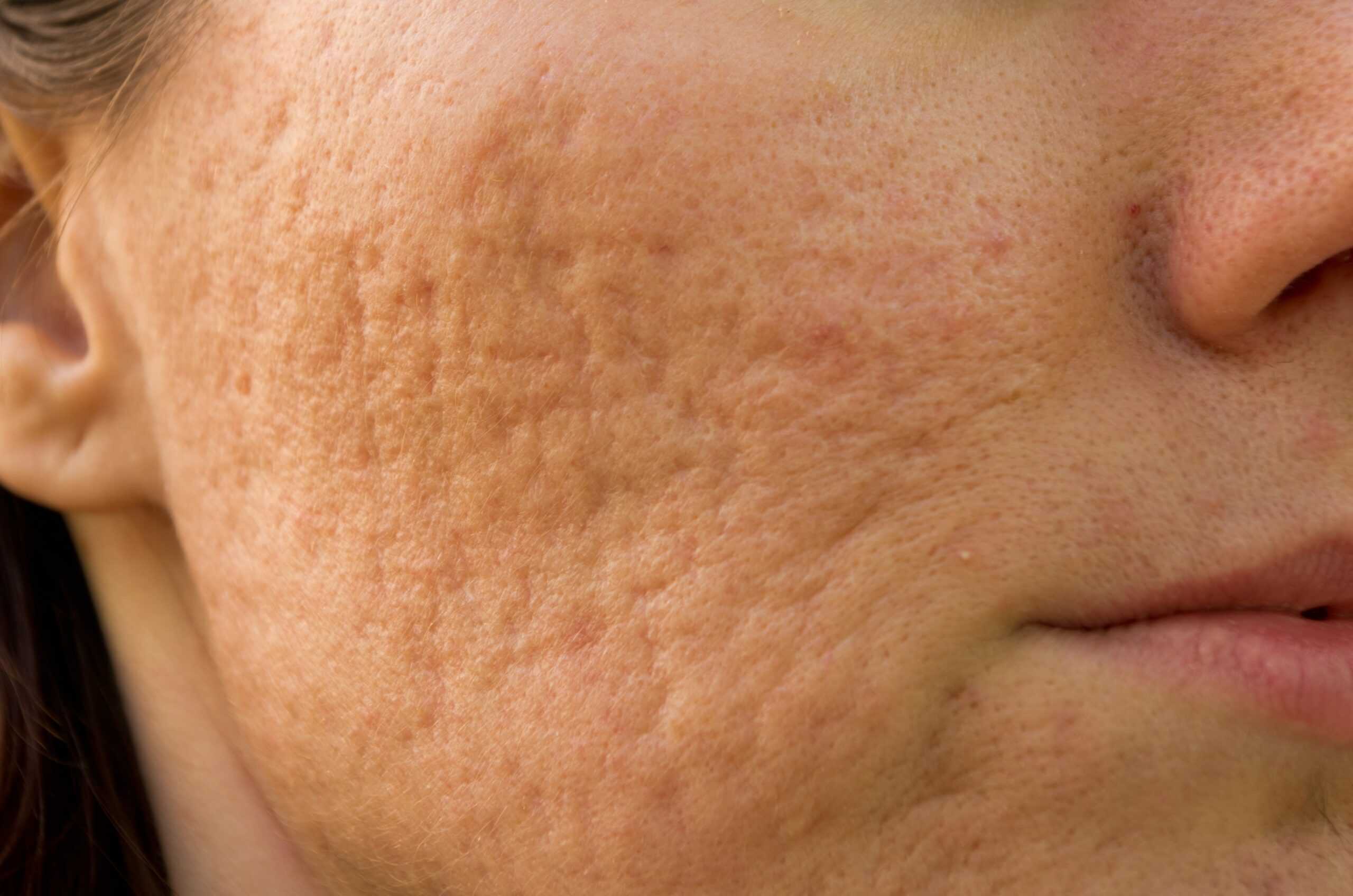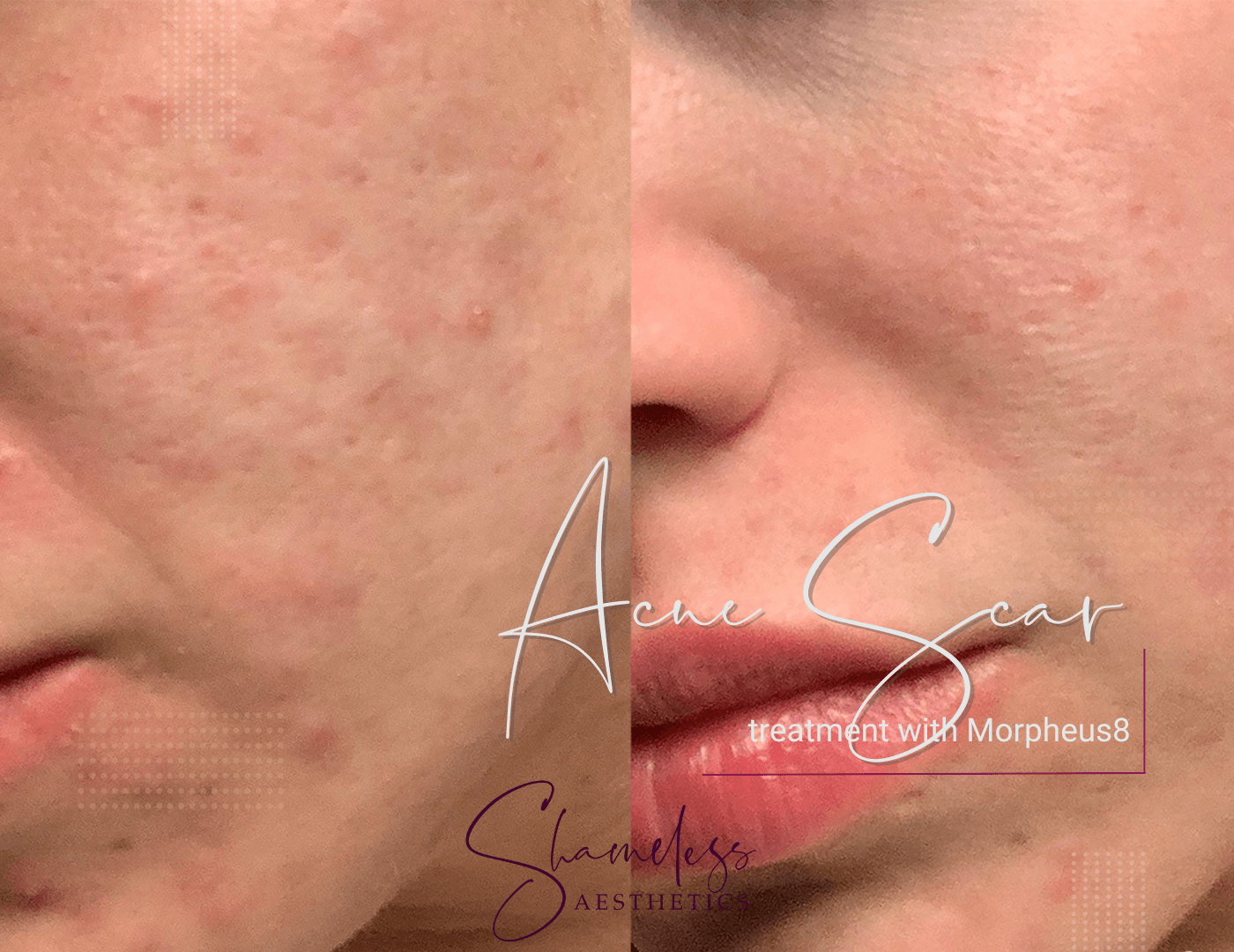A Biased View of Acne Scars
Table of ContentsGet This Report on Acne ScarsFascination About Acne ScarsNot known Facts About Acne ScarsNot known Facts About Acne ScarsSome Known Facts About Acne Scars.
Raised acne scars occur when the body produces way too much collagen and create a visible bump. As we age, acne marks become a lot more visibly because our skin loses collagen. Some people are most likely to see scars than others. According to Dr. Garvey, the risk enhances when: An individual has inflammatory acne such as acne cysts.A person delays treatment for inflammatory acne. If we really did not require one more reason why not to pop an acne, recognize that a scar could be the direct result of your actions.
Your genetic make-up plays a large function in just how much acne, and what kind of acne you may develop. As we stated earlier, there is no magic component to take acne marks away in the blink of an eye. There are treatments available that assistance reduce the scarring gradually.
To carry out acne mark surgical treatment, a skin specialist might raise the mark, bringing it closer to the surface area of the skin to make it less visible. best for acne scars that are nearly flat. These therapies include laser skin resurfacing, chemical peels off and microdermabrasion. Resurfacing removes layers of the skin, which allows the body to generate brand-new skin cells.
Our Acne Scars PDFs
Lasers and various other light therapies can deal with raised scars securely and efficiently. (PDL) can help lower the itch and discomfort, lessen color, and flatten an increased scar.
After 3 needling therapies, there was renovation in the look of acne scars over time contrasted with the control group, with very little pain reported - acne scars. Therapy of acne scarring continues to be a healing obstacle, with therapy methods that consist of a variety of possible options.
Nonablative and ablative lasers can be utilized to either get rid of or bore skin in a penalty identify pattern, with resulting neocollagenesis; only a fraction of the skin is treated with each therapy, and a collection of therapies are needed to deal with the entire afflicted surface area. It has been recommended that neocollagenesis and improvement of acne scars can also be attained making use of needle rollers, which make use of a mechanical, macroscopic strategy to generate little epidermal and dermal perforations.
Little Known Questions About Acne Scars.
Like repaint rollers, such gadgets can be moved back and forth along the skin. Needling as a possible therapy for acne scarring was introduced by Camirand and Doucet, who defined use of a tattoo weapon to abrade acne marks.
At each of these check outs, needling was carried out on the study treatment location, and topical anesthetic was just rubbed into the control area. Digital photos and damaging occasions (eg, infection, prolonged erythema, prolonged edema, serosanguineous drainage, bleeding, ulceration, erosion, and coloring), including their period, resolution, strength, partnership to the study treatment, and any kind of curative actions taken, were tape-recorded before each therapy.

Discomfort level was tape-recorded based on a 10-point aesthetic analog scale after the treatment. Quickly after each therapy, gentle manual pressure with gauze was used for 5 mins to manage pinpoint bleeding and serum secretion. The skin was saturated with saline swabs for an hour to assist in hydration while the individuals were educated regarding the demand for home care.
Not known Facts About Acne Scars
The device was then additional cleansed by gas sanitation, saved in a shut bundle, and classified with the participant's name and the initial treatment day on the box up until the next therapy. This sterilization procedure was followed to make certain a high degree of infection control in this research study setup. The primary result action was investigate this site the quantitative global scarring grading system, developed by Goodman and Baron.
2 blinded skin specialists (S.H. and M.P.) separately rated individuals' acne marks based on common electronic pictures obtained at baseline and at the 3-month and 6-month follow-up check outs. Forced contract was utilized to integrate ratings. Considered that this was an early pilot trial, we considered it suitable to think about acne marks collectively, not individually, by various morphologic subtypes (eg, rolling, boxcar, ice pick, and so forth).
and M.P.) did not join randomization or therapy and therefore were able to be blinded relating to job. Changes in mean mark ratings from standard to 3 and 6 months, specifically, were calculated for the therapy and control arms. Repeated-measures analysis of difference with pairwise contrasts with Sidak change were executed to examine whether the mark score varied on therapy type, time, or the interaction in between both.
The Wilcoxon signed rank test was used to examine whether the difference in overall acne mark look was linked with therapy kind. Twenty individuals consented, and 5 dropped out prior to the first treatment.
Excitement About Acne Scars
At 3 months compared to baseline, the reduction in scar rating in the needling team was nonsignificant (mean difference, 2.4, 95% CI, 0.01 to 4.8; P =.052) (Figure 3). The needling procedure was not specifically uncomfortable. The mean pain score was 1.08 of 10. Pain scores enhanced slightly in time (P =.01), with week 4 discomfort ratings (mean, 1.75; 95% CI, 0.90-2.60) dramatically more than week 2 (mean, 0.78; 95% CI, 0.40-1.20) and week 0 (mean, 0.71; 95% CI, check 0.40-1.00).
When asked to estimate the pain experienced during and in the days after their treatment, individuals typically reported no pain (acne scars). Most participants were extremely completely satisfied with their treatment, replied of course when asked if they would do this treatment once more to deal with additional scars, and said they would certainly recommend needling to their buddies
Moderate transient erythema and edema, which were not identified as negative occasions and thus not officially tracked, were routinely observed by the investigator (M.A.) and you could try these out reported by individuals after therapies. This research discloses some renovation in acne marks after a series of 3 therapies of needling. There is a statistically considerable renovation in such scars in the treatment team from baseline to 6 months and no considerable improvement during this duration in the control team.
